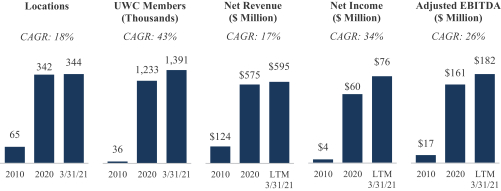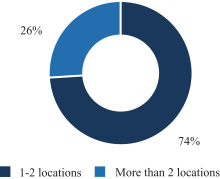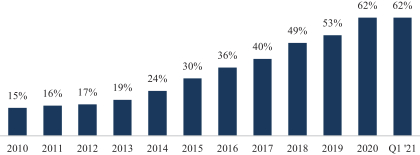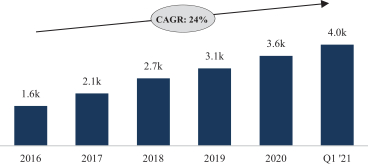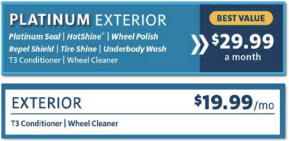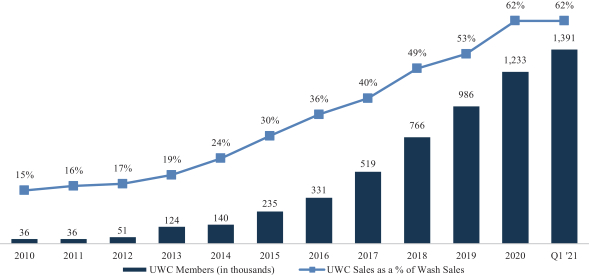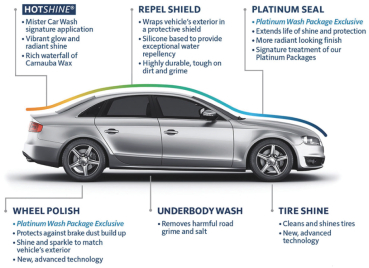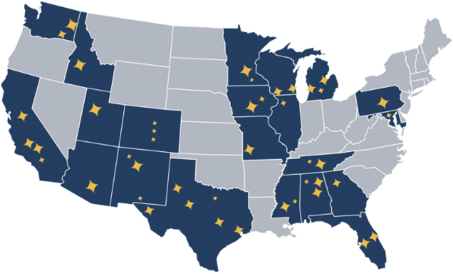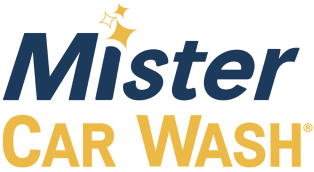Subject to Completion. Dated July 27, 2021.
The information in this preliminary prospectus is not complete and may be changed. These securities may not be sold until the registration statement filed with the Securities and Exchange Commission is effective. This preliminary prospectus is not an offer to sell nor does it seek an offer to buy these securities in any state or jurisdiction where the offer or sale is not permitted.

| Common Stock | 78,942,045 Shares |
This prospectus relates to the resale of up to 78,942,045 shares of our common stock by the selling stockholders named in this prospectus or their permitted transferees.
The shares of our common stock registered hereby may be offered and sold by our selling stockholders through one or more underwriters, broker-dealers or agents. If the shares of our common stock are sold through underwriters or broker-dealers, the selling stockholders will be responsible for underwriting discounts or commissions or agent’s commissions. The shares of our common stock may be sold in one or more transactions at fixed prices, at prevailing market prices at the time of the sale, at varying prices determined at the time of sale, or at negotiated prices. See “Plan of Distribution.”
This prospectus describes the general manner in which shares of our common stock may be offered and sold by any selling stockholder named herein. When the selling stockholders sell shares of our common stock under this prospectus, we may, if necessary and required by law, provide a prospectus supplement that will contain specific information about the terms of that offering. Any prospectus supplement may also add to, update, modify or replace information contained in this prospectus. We urge you to read carefully this prospectus, any accompanying prospectus supplement and any documents we incorporate by reference into this prospectus and any accompanying prospectus supplement before you make your investment decision.
Our common stock is listed on the New York Stock Exchange under the symbol “MCW.” On July 23, 2021, the last reported sale price of our common stock was $23.53 per share.
We are a “controlled company” within the meaning of the corporate governance standards of The New York Stock Exchange. As long as LGP (as defined herein) owns a majority of our common stock, it will be able to control all of our major corporate decisions. Additionally, pursuant to the terms of the stockholders agreement described in this prospectus, LGP will be entitled to nominate a certain number of our directors following this offering even if LGP owns less than a majority of our common stock.
We are an “emerging growth company” under the federal securities laws and, as such, may elect to comply with certain reduced public reporting requirements. See “Prospectus Summary—Implications of Being an Emerging Growth Company.”
Investing in our common stock involves risk. See “Risk Factors” beginning on page 15 to read about factors you should consider before buying shares of our common stock.
Neither the Securities and Exchange Commission, or the SEC, nor any other regulatory body has approved or disapproved of these securities or passed upon the accuracy or adequacy of this prospectus. Any representation to the contrary is a criminal offense.
The date of this prospectus is , 2021.

